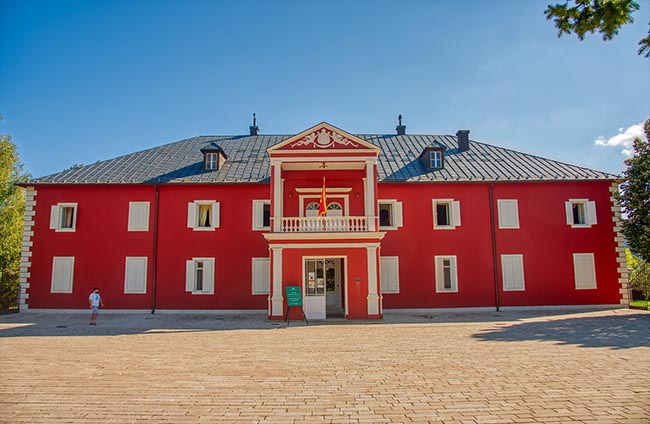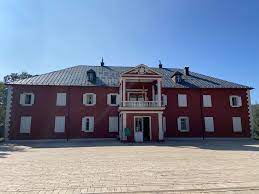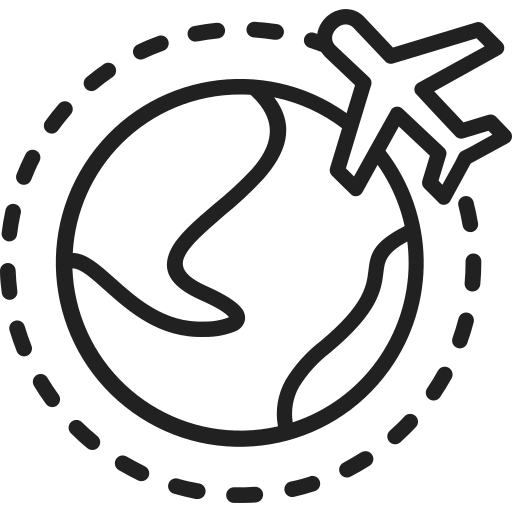King Nicholas Museum stands out as one of the most important symbols of the Montenegrin political, military, and cultural history from the beginning of the Middle Ages until 1918. Located in Cetinje, it is one of the National Museum of Montenegro organizational units. What distinguishes the museum is that you can see a part of the history of Montenegro and feel the breath of a completely different time period. So let us try to convey that part of the atmosphere to you, at least for a few minutes.
Establishment of the Museum
Originally founded in 1926 in the residence of the Montenegrin ruler King Nikola I Petrović Njegoš, the Museum proudly carries the name of its last king. Construction of the building began in 1863 and was completed four years later, around 1867. Unfortunately, the names of the main architect and the first builders remain unknown to this day. The original purpose of the building was the construction of a palace to accommodate the daughter of Prince Danilo. However, as Princess Darinka, a widow at the time, decided to leave Montenegro, this building acquired a new function.

The former residence underwent a series of significant reconstructions during its existence. The aim was to preserve the original simplicity and unobtrusiveness of the interior and exterior. The last major renovations were carried out before celebrating the golden jubilee in 1910 when the building became strikingly recognizable with its elements of neoclassicism.

Museum’s exhibitions and collections
The permanent exhibition of the Museum is conceived as a reconstruction of the interior of the king’s residence. It is designed in a way to present the fragmentary representations of the Montenegrin rich and long past. Over time, the basic museum collections were consequently enriched and complemented, primarily from family heirlooms. Now, the museum has tens of thousands of objects arranged in the archaeological, ethnographic, and artistic collections. There are also collections of decorations, weapons, plaques, seals, coats of arms, flags, and photographs.


It is important to mention that the museum’s collection contains 44 Ottomans flags, acquired with blood on the battlefields. This is one of the largest flag museum collections in the Balkans and one of the largest in the world. Montenegrins seized many Ottoman military flags in long-lasting and fierce conflicts with the enemy. From the end of the 18th century, confiscated flags were brought to Cetinje as precious war trophies.

Among the many diverse museum materials, the following collections stand out: weapons (trophy and parade), decorations (Montenegrin and foreign), flags (Montenegrin and Turkish), plaques, coats of arms, seals, photographs, as well as other archaeological, numismatic, artistic, ethnographic and applied art collections.
On the first floor are two large rooms—the one on the left side, where the portraits of the King and Queen are displayed, while trophy weapons and decorations are on the walls. In the second room on the right side, there is a part of the national costume as well as the costume of the royal couple (national and ceremonial) and other decorations.


Oktoih prvoglasnik
This museum contains some of the pieces that changed the course of world history, and it is certainly a great honor to have the opportunity to see them live. One such example is copies of books from Crnojević’s printing house – Oktoih prvoglasnik, the first book printed among the South Slavs. Forty years after the German printer Johann Gutenberg printed the first book in the world – the Bible, in Cetinje, Montenegro, in 1494, the world was enriched by the first book printed by the South Slavs and the first book in the Slavic language – Oktoih prvoglasnik.
Conclusion
Visiting the Museum of King Nikola is one of the imperatives for every admirer of Montenegrin and world history. The museum offers options for virtual tours and exhibitions, through which you can experience the museum when you are there. You can indulge in the uniqueness of the museum’s virtual tour here.
Working hours of the museum are 9-17h every day (April-October) and 9-15h (October – April). The ticket price is adults 8 euros, and 4 euros for students.







